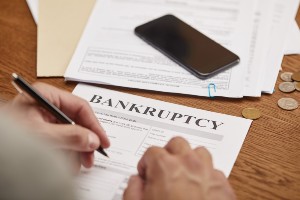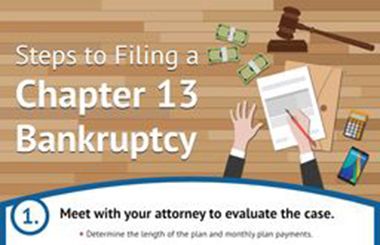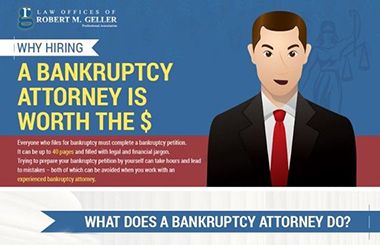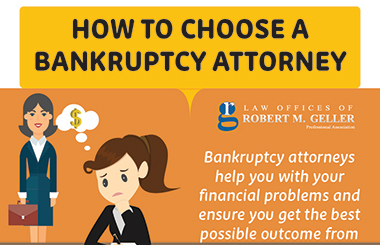 When you decide to file, one of the first questions you may ask is simple: how long does the bankruptcy process take? The answer depends on the type of bankruptcy you choose, the complexity of your finances, and how quickly you provide the required information. Knowing the timeline helps reduce stress and gives you realistic expectations.
When you decide to file, one of the first questions you may ask is simple: how long does the bankruptcy process take? The answer depends on the type of bankruptcy you choose, the complexity of your finances, and how quickly you provide the required information. Knowing the timeline helps reduce stress and gives you realistic expectations.
Start of the Filing for Bankruptcy Process
The process begins as soon as you file your petition with the court. At that moment, the bankruptcy automatic stay takes effect. This stops creditors from contacting you, filing lawsuits, or trying to garnish your wages. The stay remains in place throughout the case, although how long it lasts depends on whether you file Chapter 7 or Chapter 13.
Chapter 7 Bankruptcy Timeline
For many people, Chapter 7 is the quickest option. If your case is straightforward, the Chapter 7 bankruptcy timeline usually lasts about four to six months. After filing, the court assigns a trustee, and you will attend the required meeting of creditors in bankruptcy. During this meeting, the trustee reviews your financial details and may ask questions about your debts and assets.
If everything checks out, your eligible debts are discharged at the end of the case. While this process moves quickly compared to other types of bankruptcy, delays can happen if you fail to provide documents on time.
Chapter 13 Bankruptcy Timeline
Chapter 13 takes longer because it involves a repayment plan. The typical Chapter 13 bankruptcy timeline runs three to five years. After filing, you propose a plan to repay some or all of your debts over time. The court must approve the plan, and once it does, you make monthly payments until the plan is complete.
Even though the case lasts longer, Chapter 13 offers benefits that Chapter 7 does not. It can stop foreclosure, prevent repossession, and give you time to catch up on important debts.
Factors That Can Delay the Case
The length of your case is not set in stone. Several things can extend the timeline, including:
- Missing paperwork
- Failing to attend the meeting of creditors
- Not making the required court payments
The trustee may also request additional documents that take time to collect. Understanding these potential issues early helps you avoid mistakes that drag out the process.
Life During the Case
As your case moves forward, your credit report will reflect the filing. Many people ask how long the bankruptcy process takes because they are eager to begin rebuilding credit. The truth is that while the filing stays on your report for several years, you can start improving your financial situation as soon as your case is resolved. The real recovery begins when you follow the steps to rebuild your credit after bankruptcy.
Take the Next Step – Call an Affordable Bankruptcy Attorney Tampa FL
So, how long does the bankruptcy process take? It can be as short as a few months or as long as several years. Much depends on your circumstances and the type of bankruptcy you file. If you are considering bankruptcy, the Law Offices of Robert M. Geller can guide you through the process and help you avoid unnecessary delays. Call today to schedule a consultation and take control of your financial future.



























![Signs That You May Need to File Bankruptcy [Infographic]](https://djml3wkzi26ea.cloudfront.net/wp-content/uploads/2021/01/signs-chap7-v-chap13.jpg)
![How To File for Bankruptcy [Infographic]](https://djml3wkzi26ea.cloudfront.net/wp-content/uploads/2020/07/bankruptcy-steps-infographic-web.jpg)










